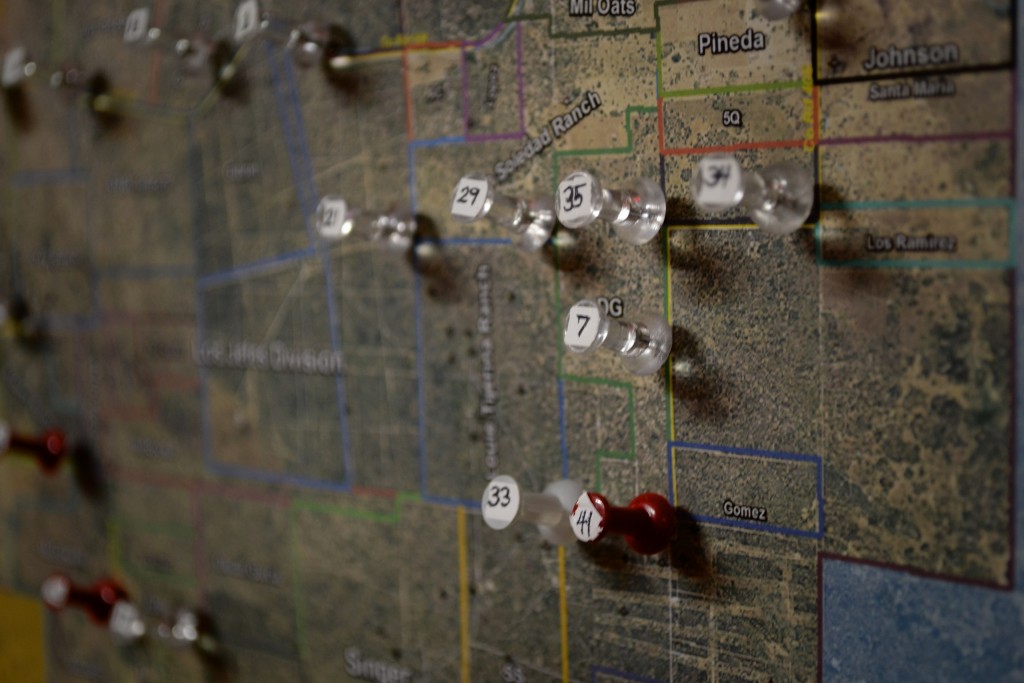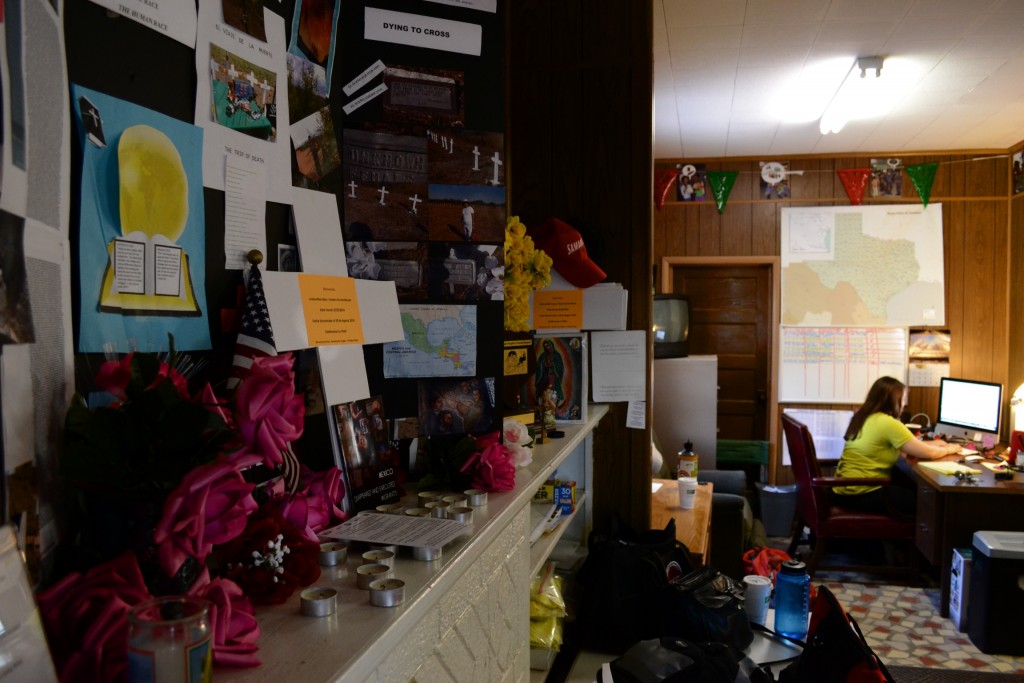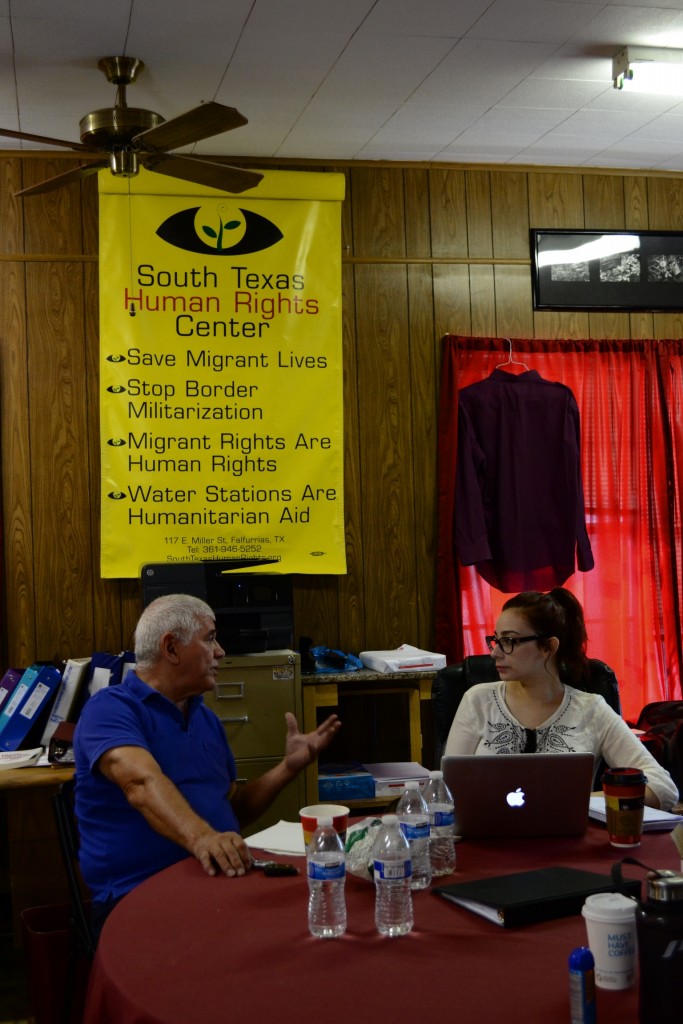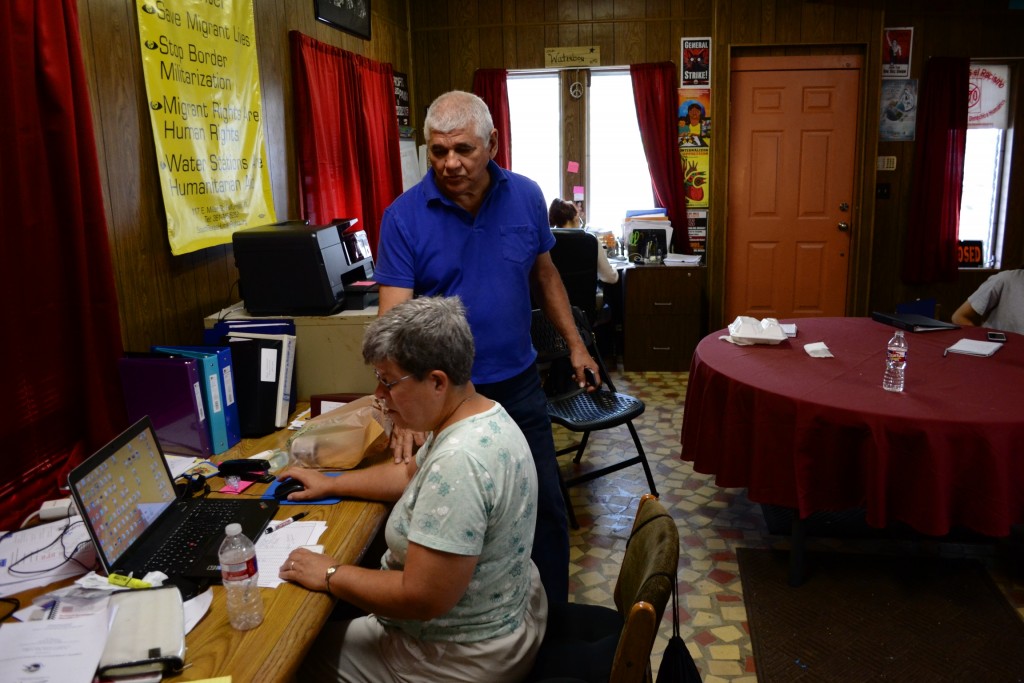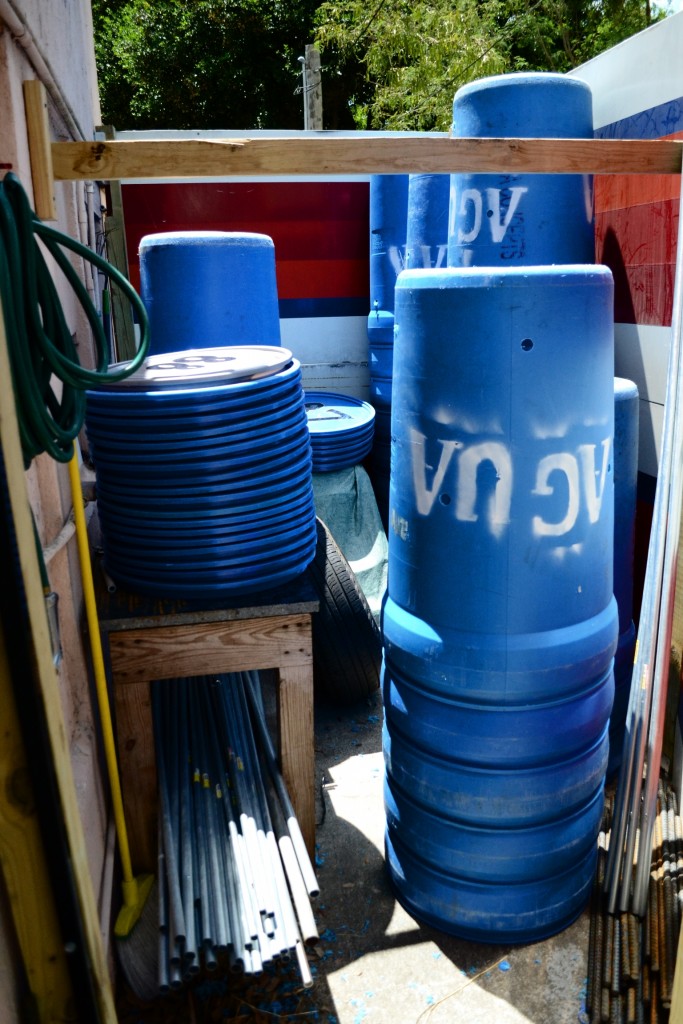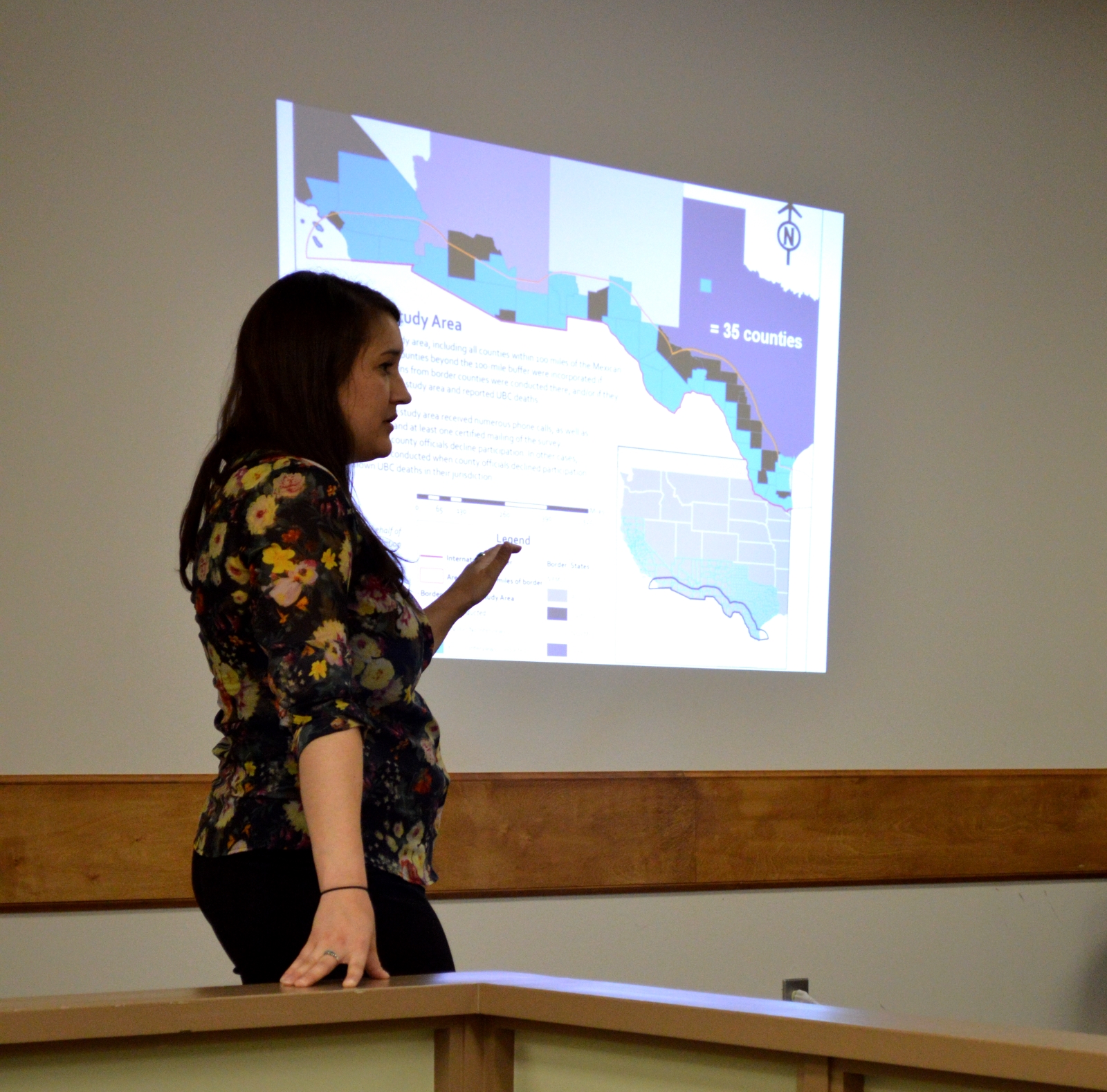The Osteological Research and Processing Lab at Texas State has been bustling this week. Professors, students, and interns have been working on analyzing cases, processing backlog cases, cleaning personal effects, and ultimately working together to efficiently move the identification process forward. Several task forces have been formed, each with their own job. We thought we would spend a couple of posts featuring interviews with various members of this supergroup:

Name: Cassie
Hometown: Lindale, TX
Current University: Working on her M.A. in Anthropology, Texas State University
Role This Week: Data collection/database management
What would you want for your last meal?: “Grilled chicken with mushrooms, onions, and cheese on top, a loaded sweet potato, green beans, mac and cheese from Kent Black’s BBQ, a roll with cinnamon butter from Texas Roadhouse, and unlimited sweet tea.”

Name: Courtney Coffey Siegart
Hometown: Houston, TX
Current University: Working on her M.A. in Anthropology, Texas State University
Role This Week: Intake/processing of remains
If you could have any superpower, what would it be?: “The brains necessary to make anything I want so that I can do anything I want, so I can have any superpowers, like Iron Man.”

Name: Susan Sincerbox
Hometown: Hammondsport, NY
Current University: Working on her B.S. in Anthropology, Binghamton University
Role This Week: Intake, processing, and photographing of personal effects found with remains
Who would you want to star as you in a movie about yourself?: “A young Elizabeth Taylor.”

Name: Amy Szen
Hometown: Buffalo, NY
Current University: Working on her M.A. in Anthropology, Binghamton University
Role This Week: Intake/processing of remains and personal effects found with remains
If you could be any animal, what would you be?: “A big dragon, like Drogon from Game of Thrones.”

Name: Chloe McDaneld
Hometown: Austin, TX
Current University: Working on her M.A. in Anthropolgoy, Texas State University
Role This Week: Graduate Assistant at ORPL
What song did you crank up in your car this morning?: “Anything on 93.3.”
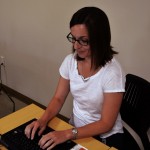
Name: Dr. Kate Spradley
Hometown: Little Rock, Arkansas
Current University: FACTS faculty and Assistant Professor of Anthropology, Texas State University
Role This Week: Coordinating all task forces as well as analzying cases
If you could be in any band, what band would you be in?: “I’d be in Fugazi.”
Stay tuned for more interviews tomorrow!!
Ryan
